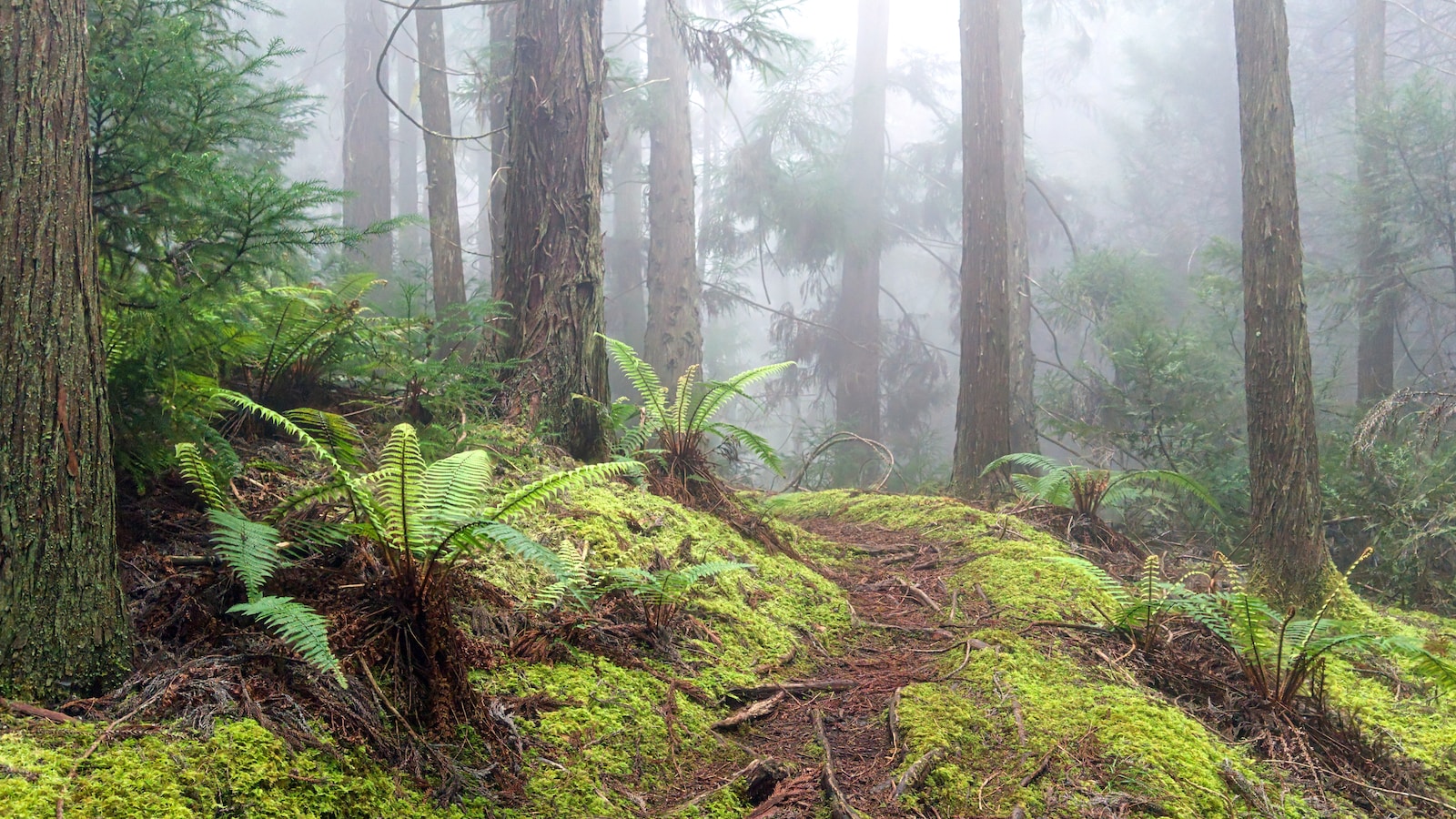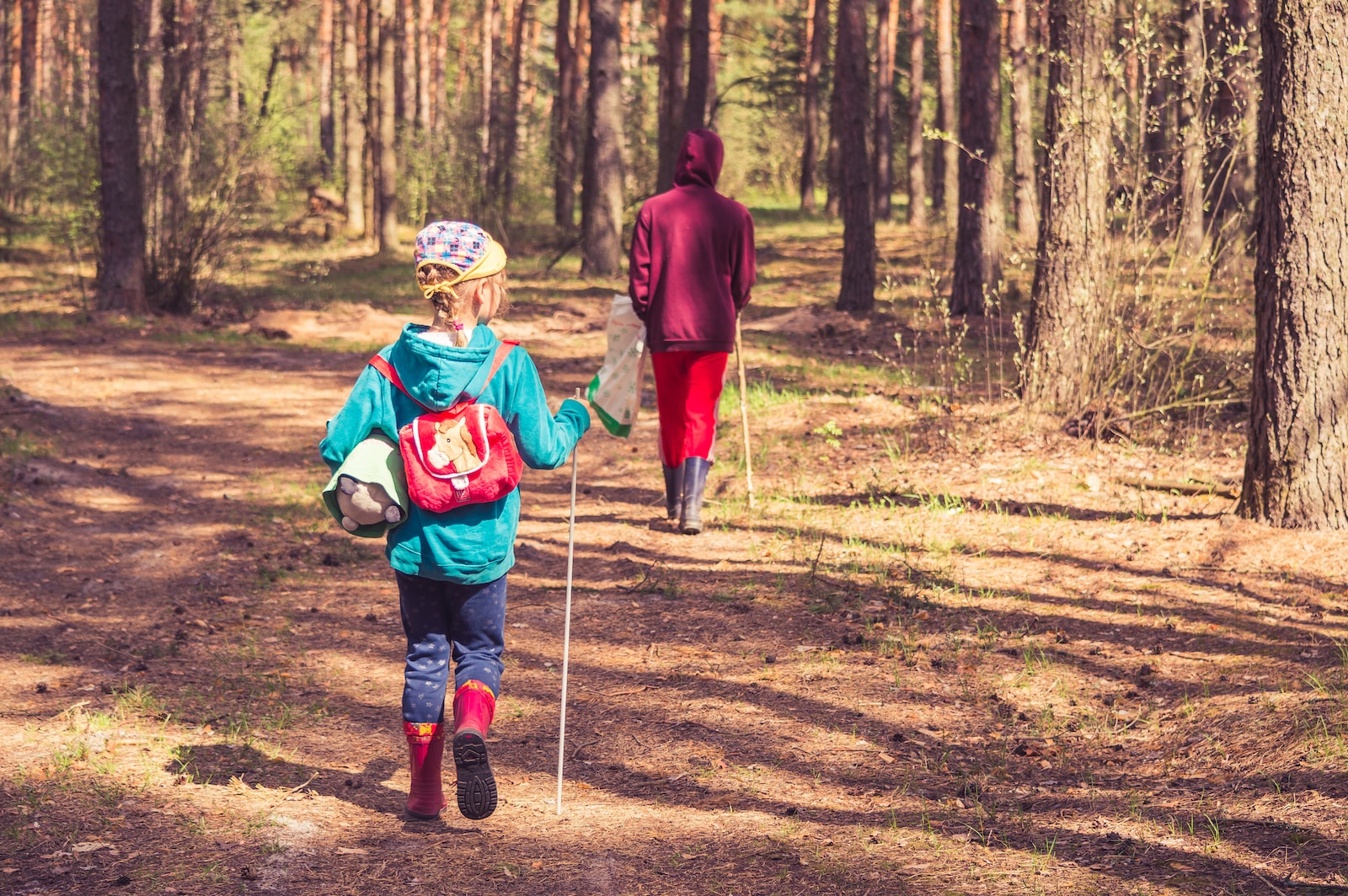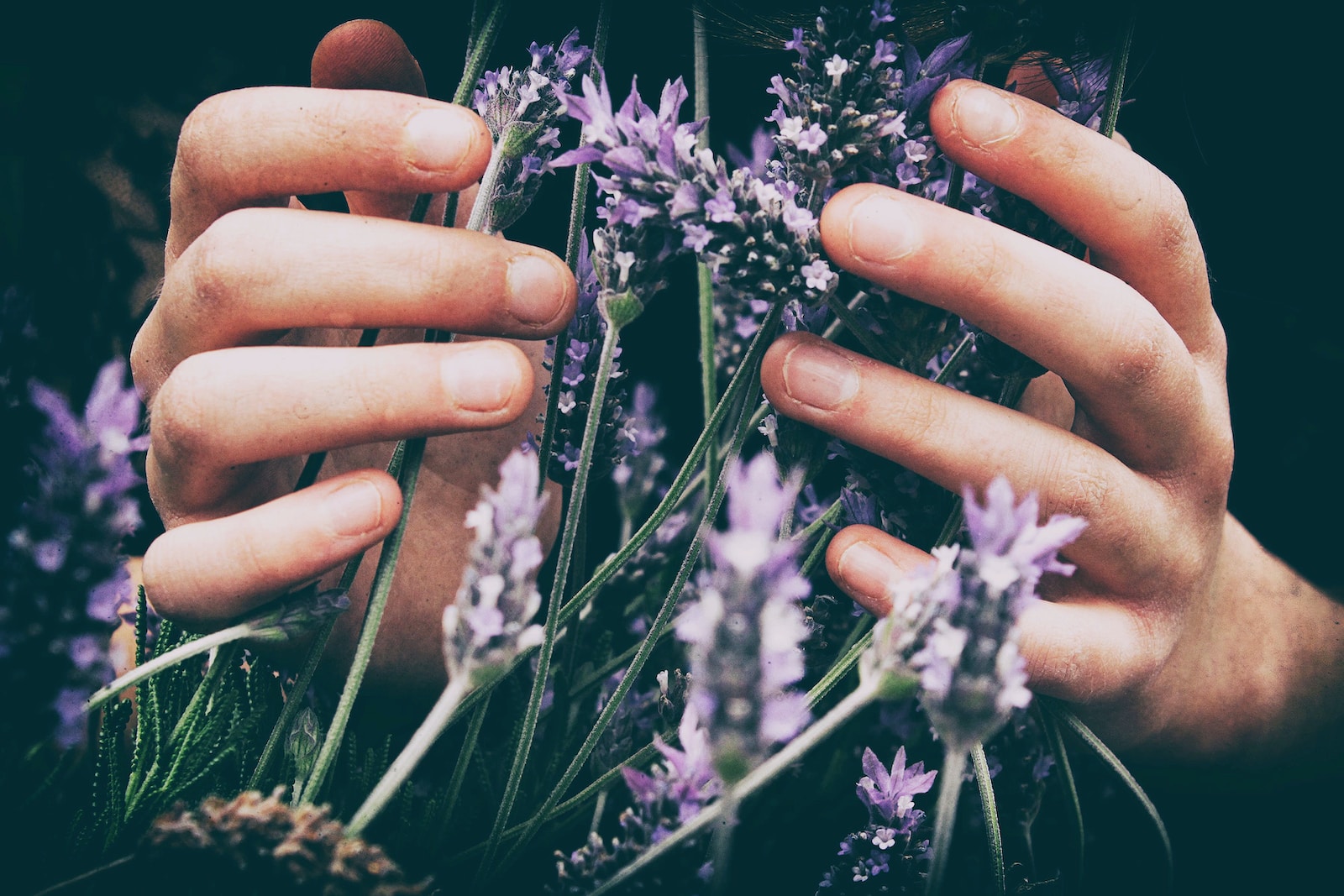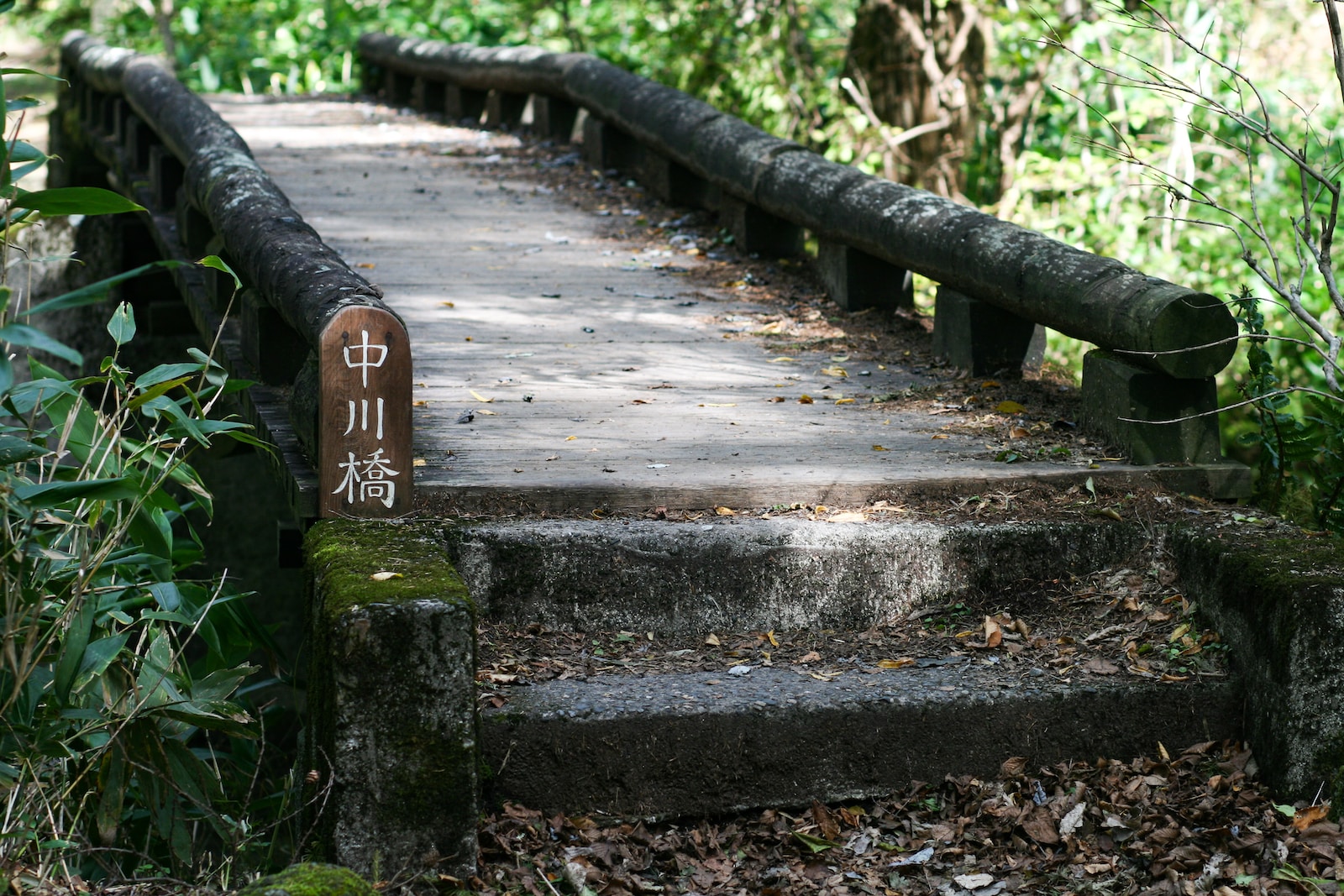The Healing Power of Nature Immersion
Nature immersion, a practice deeply ingrained in Japanese culture, is gaining recognition worldwide for its restorative and healing benefits. This technique involves spending time amidst nature to engage all our senses – the rustling of leaves, the chirping of birds, the fragrance of flowers or even the crunching sound underfoot as we walk on fallen leaves. It’s about being present in that moment and letting nature wash over us.
The process can be transformative. When you immerse yourself in natural surroundings, it helps reduce stress levels significantly by lowering cortisol production – a hormone linked with stress response. Not just that, but it also boosts mood by increasing serotonin levels – often referred to as ‘the happy chemical’. There are moments when you might feel overwhelmed or anxious; at such times taking a stroll in your local park or sitting quietly near a tree could bring immense relief.
Apart from mental well-being, there are physical health advantages too! Spending time outdoors means more exposure to sunlight which aids vitamin D synthesis – crucial for bone health and immune function. Plus walking or hiking through green spaces can provide moderate exercise which is beneficial for cardiovascular health without feeling like strenuous workout sessions at gym! So next time you’re feeling low or stressed out remember this simple yet effective Japanese secret – let nature heal you.
Discovering the Japanese Art of Healing through Nature

This practice is known as Shinrin-yoku, which translates to “forest bathing.” It’s not about swimming in a literal sense, but rather soaking up the atmosphere of the forest. The idea is simple: if a person simply visits a natural area and walks in a relaxed way, there are calming, rejuvenating and restorative benefits to be achieved.
Shinrin-yoku has been part of Japanese culture since the 1980s when it was introduced by the Forest Agency of Japan. It’s based on ancient Shinto and Buddhist practices that promote being in nature as an antidote for stress – something that’s seen as increasingly necessary with Japan’s long work hours and reliance on technology. Just imagine swapping your smartphone screen for green foliage or trading city noise for peaceful bird songs – sounds appealing doesn’t it?
The therapeutic effects of shinrin-yoku have been widely studied by scientists across Japan. Research shows that spending time amongst trees can reduce blood pressure, lower cortisol levels (the body’s main stress hormone), improve concentration and memory, lift depression, boost energy levels and increase anti-cancer protein production. So next time you’re feeling stressed out or drained from all the hustle-bustle of daily life; remember to take some time off for yourself – maybe go ‘bathe’ in nature just like they do in Japan!
Benefits to Mental Well-being from Natural Surroundings

Have you ever felt an immediate sense of calm wash over you as soon as you step into a lush green park or sit by a babbling brook? That’s no coincidence. There is an abundance of scientific evidence that supports the idea that spending time in nature has significant positive impacts on mental health. It’s not just about getting away from the hustle and bustle of city life, but also about tapping into something much deeper and more profound.
One key aspect to this is stress reduction. When we’re surrounded by natural beauty, our bodies respond by lowering levels of cortisol – the hormone responsible for stress. This can lead to improvements in mood, better sleep quality, increased creativity and even enhanced cognitive abilities! On top of all these benefits, it’s also been found that immersing ourselves in nature can help combat anxiety and depression.
But it doesn’t stop there! Engaging with nature isn’t only beneficial for those dealing with mental health issues; it works wonders for everyone else too. Imagine being able to boost your mood simply by taking a walk through the woods or sitting quietly beside a lake watching ducks glide across its surface. The best part? You don’t need any fancy equipment or special skills: just yourself and your willingness to connect with Mother Nature herself.
Here are some of the key benefits to our mental wellbeing that we can gain from spending time in natural surroundings:
• Stress Reduction: When surrounded by nature, our bodies respond by lowering levels of cortisol – a hormone responsible for stress. This leads to an immediate sense of calm and relaxation.
• Improved Mood: The beauty and serenity of natural environments can significantly boost your mood. Whether it’s the sight of a beautiful sunset or the sound of birds chirping, nature has a way of lifting our spirits.
• Better Sleep Quality: Studies have shown that people who spend more time outdoors tend to sleep better at night. This is likely due to reduced stress levels and increased physical activity during the day.
• Increased Creativity: Nature stimulates our senses in ways that urban environments simply cannot match. This sensory stimulation can spark creativity and inspire new ideas.
• Enhanced Cognitive Abilities: Spending time in nature has been linked with improved memory, focus, attention span, problem-solving skills, and cognitive function overall.
• Combat Anxiety & Depression: Natural settings provide us with quiet spaces where we can reflect on our thoughts and feelings without distraction. This mindfulness practice helps manage symptoms related to anxiety and depression.
So next time you’re feeling stressed out or down in the dumps, consider taking a break from your screens and stepping outside instead! A simple walk through a park or along a beach could be just what you need to reset your mind and rejuvenate your spirit. And remember – there’s no right or wrong way to engage with nature; all it takes is yourself being present in the moment.
How Nature Therapy Boosts Physical Health

Nature therapy, a practice deeply rooted in Japanese culture, has been lauded for its numerous health benefits. One of the most significant impacts it has is on our physical well-being. When we immerse ourselves in nature, whether that’s taking a stroll through woodland or just sitting quietly in a garden, our bodies start to respond positively. Blood pressure drops and heart rates slow down as stress hormones decrease and endorphins rise.
The great outdoors also provides an excellent arena for physical exercise – another essential aspect of maintaining good health. Walking, running or even doing yoga amidst greenery can be more beneficial than doing the same activities indoors. The varied terrain challenges different muscle groups while fresh air improves lung function and boosts energy levels.
A lesser-known benefit of nature immersion is how it aids sleep quality. Exposure to natural light helps regulate your body’s internal clock which promotes healthier sleep patterns. Additionally, studies have shown that sounds from nature like bird songs or flowing water help people fall asleep faster and stay asleep longer due to their calming effects on the mind and body. So next time you’re feeling stressed out or physically drained, consider heading outside for some much-needed therapeutic time with Mother Nature!
Immersing in Nature: Practical Steps and Techniques

Getting started with nature immersion can be as simple as taking a walk in the park or spending time in your backyard. It doesn’t have to involve a week-long camping trip, although that’s great too if you’re up for it! The key is to allow yourself to become fully present and aware of your surroundings. Listen to the chirping birds, feel the breeze on your skin, observe how sunlight filters through leaves – these are all part of immersing yourself in nature.
The Japanese practice of Shinrin-yoku or “forest bathing” provides some practical steps for those who want an organized approach. This involves walking slowly through a forested area while engaging all five senses. You could touch tree barks, smell flowers and leaves, listen to rustling leaves and animal sounds, look at different shades of green around you and even taste wild berries if they’re safe! Remember not to rush; take your own sweet time soaking in Mother Nature’s beauty.
Apart from forest bathing trips which may require more planning and resources, you can incorporate smaller doses of nature therapy into daily life too. Something as simple as having breakfast by the window overlooking trees or maintaining indoor plants can help create a calming environment at home or work space. Another technique is mindful gardening where one focuses on each action like digging soil or planting seeds bringing about tranquility akin to meditation practices. Again remember there’s no right way – just find what works best for you!
Creating Your Own Nature Therapy Ritual
Nature therapy doesn’t have to involve a trip into the wilderness or even a local park. You can create your own rituals right at home, in your backyard, or on your balcony. Start by identifying a space where you feel calm and comfortable. It could be as simple as a corner of your living room with lots of natural light and plants around. The key is to make this spot an oasis from the hustle and bustle of daily life.
Now that you’ve found your tranquil haven, it’s time to get creative! Consider adding elements that appeal to all five senses for an immersive experience. For instance, playing soft nature sounds like birds chirping or waves crashing can enhance the overall ambiance while aromatic herbs such as lavender or rosemary stimulate olfactory senses evoking feelings of relaxation. Don’t forget touch – incorporate different textures through items like smooth stones, fluffy pillows, or rough bark.
Lastly but not least importantly is incorporating mindful activities into this ritualistic space which will help deepen the connection between yourself and nature further enhancing mental well-being- think journaling under tree shade; meditating amidst bird songs; practicing yoga with sunrise view; sketching flowers blooming – possibilities are endless! Remember: there’s no one-size-fits-all approach here so experiment until finding what feels most healing for you personally.
Understanding the Science Behind Nature Therapy
The Japanese have a word for it, “Shinrin-yoku”, which translates to “forest bathing”. This practice is grounded in the belief that spending time in nature can provide healing and rejuvenation. But what’s really going on here? It turns out there’s some serious science backing up this age-old wisdom.
Recent studies show that being surrounded by nature has a positive effect on our brains. When we are outdoors, away from the hustle and bustle of city life, our minds enter a state of relaxation and calmness. This happens because exposure to natural environments reduces activity in the prefrontal cortex, an area of the brain associated with rumination – or overthinking. Moreover, walking among trees increases levels of natural killer cells – these little warriors help boost your immune system and fight off infections.
Apart from mental benefits, there are physical perks too! Nature immersion also lowers blood pressure and heart rate while increasing energy levels. Researchers believe this might be due to phytoncides – airborne chemicals produced by plants which increase our white blood cell count when we breathe them in. So next time you feel stressed or run down, try taking a walk through your nearest park or forest – not only will it make you feel better emotionally but physically as well!
The next step is yours to take!

Immersing yourself in nature can have a multitude of benefits for both your mental and physical well-being – a concept deeply ingrained in the Japanese practice of Shinrin-yoku or “forest bathing”.
This simple act of being present in nature, whether it’s through a leisurely walk in the park or sitting by a quiet lake, can reduce stress, boost mood, enhance cognitive abilities, and improve physical health.
So, embrace the Japanese mindset and let nature heal you; after all, it’s not just about escaping from the hustle of everyday life, but also reconnecting with our roots and fostering a deeper appreciation for the natural world around us.
So step outside and submerge yourself in Mother Nature’s beauty – it may be the therapy you never knew you needed!
FAQ
What is the science behind Nature Therapy?
The science behind nature therapy involves understanding how immersion in natural environments positively impacts our mental and physical health. This is attributed to reduced stress hormone production, improved feelings of happiness and wellbeing, increased ability to focus, and even accelerated recovery from surgery or illness.
Can you tell me more about the Japanese Art of healing through nature?
The Japanese Art of healing through nature, also known as “Shinrin-yoku” or “forest bathing”, involves spending time in the forest to enhance health, wellness, and happiness. It is a practice that connects individuals with nature via the five senses and is believed to boost the immune system, reduce stress, and improve mood.
What are some benefits of natural surroundings to mental well-being?
Immersion in natural surroundings can greatly improve mental well-being. It can help to reduce stress, anxiety, and depression. It can also enhance mood, boost self-esteem, and improve focus and attention span. This is primarily because natural environments stimulate our senses in a way that encourages mindfulness and relaxation.
How does nature therapy affect physical health?
Nature therapy can have numerous benefits for physical health. It can help reduce blood pressure, heart rate, muscle tension, and the production of stress hormones. It can also enhance immune system function, increase energy levels, and improve sleep and digestion.
Could you provide some practical steps and techniques for immersing in nature?
Sure, it can be as simple as taking a walk in a park or gardening. Other activities can include hiking, camping, bird-watching, or just sitting quietly in a natural environment. The key is to engage all your senses – see, hear, smell, and feel the nature around you.
How can I create my own nature therapy ritual?
Creating your own nature therapy ritual involves finding an activity that you enjoy and can do regularly in a natural environment. This could be something like a daily walk in the park, weekly hiking or gardening. The aim is to spend time in natural surroundings regularly, even if it’s just for a few minutes each day.
Is there any scientific evidence supporting nature therapy?
Yes, numerous studies have shown that exposure to natural environments can have a positive effect on mental and physical health. This includes reduced levels of stress, depression, and anxiety, improved cognitive function, and enhanced immune system function.
